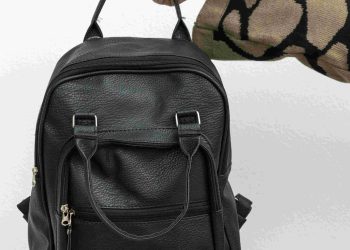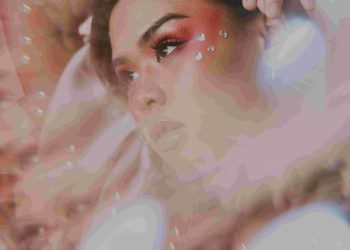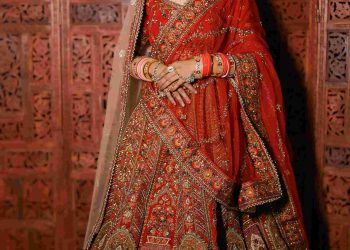Urban Street Fashion Trends: Redefining How We Think About Style
If you think street fashion is just a fleeting trend, think again.
It has morphed far beyond a set of seasonal looks—it’s a living, breathing expression of culture, individuality, and even rebellion. Urban fashion is no longer just clothing; it’s a philosophy, a nuanced commentary on society’s evolving priorities. From my first encounter with vintage sneakers at a market in Brooklyn to observing the cutting-edge designs worn on Tokyo streets, my journey through streetwear has taught me more about society than a dozen academic journals ever could.

The Philosophy of Urban Style
At its core, urban street fashion is about breaking rules. It pushes back against traditional wisdom in the same way that a rebellious teenager resists authority. But this isn’t rebellion for its own sake; it’s rebellion with intent. Take oversized silhouettes, for instance: they disrupt the carefully proportional tailoring of traditional fashion. Yet, those oversized clothes are a metaphor—a big, bold canvas for expressing the self in a world that often presses us into standardized molds. Philosopher Friedrich Nietzsche once said, “You must become who you are.” In many ways, urban streetwear is the fashion manifestation of this timeless idea.
Psychologically, these rebellious choices also tie into our need for autonomy. Psychologist Edward Deci argues that autonomy—our desire for self-determination—is one of the core human motivators. Street fashion allows individuals to exert control in a chaotic world, even amid societal expectations and economic pressures.
Technology’s Role in Shaping Trends
Urban fashion trends no longer arise from the world’s fashion capitals alone. Thanks to social media and digital connectivity, a single viral TikTok video of someone wearing an obscure brand can spark a global trend overnight. Algorithms are now the gatekeepers of taste. This democratization of influence means that fashion insiders aren’t the only ones steering the narrative anymore. A teenager in São Paulo, a digital artist in Berlin, or a college student in Manila could set tomorrow’s trends from their smartphones.
However, there’s a flip side to every coin. The same algorithms that elevate unknown creatives could stifle creativity by prioritizing homogeneity. What happens when everyone is chasing the same viral look? Do we sacrifice originality for likes and shares? A critical eye is necessary here, as is the ability to discern between authentic self-expression and algorithm-driven conformity.
The Economics of Streetwear
Street fashion isn’t just about aesthetics; it has become a multi-billion-dollar industry that rivals luxury fashion houses. The rise of collaborations—such as Supreme’s partnerships with Louis Vuitton or Prada linking arms with Adidas—signals a paradigm shift. What was once countercultural is now, paradoxically, mainstream. This commodification raises tough questions: Does streetwear lose its edge when it enters luxury spaces, or is it simply evolving to influence new audiences?
Consider this: street fashion’s rise is a direct response to broader economic shifts. Millennials and Gen Z consumers, burdened by student debt and rising living costs, have embraced ‘affordable luxury.’ High-end streetwear delivers status in wearable form, providing exclusivity at a fraction of couture prices. It’s not just clothing; it’s an investment in branding, perception, and identity.
Future Forecast: Where Urban Fashion Is Headed
Fast-forward a decade, and street fashion might look drastically different. Sustainability is quickly becoming a non-negotiable for today’s socially conscious consumers. Brands like Patagonia and Veja are paving the way by combining minimal environmental impact with sleek street-ready designs. Advances in technology, such as 3D-printed fabrics and AI-generated designs, also promise to transform what “fashion” even means. Imagine entirely personalized wardrobes curated by machine learning algorithms that craft each piece based on your unique body shape, preferences, and climate needs.
Additionally, conceptual fashion movements that emphasize ‘deconsumerization’—buying less but wearing more meaningful pieces—might dominate. Younger generations are seeking depth in their belongings, favoring quality over quantity.
Practical Advice: How to Own the Streets
-
Embrace Individuality:
Don’t chase trends blindly. Instead, focus on what resonates with your personality and aspirations. -
Experiment Fearlessly:
Combine different styles—even ones that seem contradictory. Street fashion thrives on juxtaposition. -
Think Sustainable:
Before buying, ask yourself: Can I wear this ten different ways? If not, reconsider your purchase. -
Support Independent Creators:
Look for small, emerging brands that often provide unique designs while prioritizing ethical production.
A Call to Action: Walk Your Own Runway
More than a trend, urban street fashion is an attitude—a way of reclaiming identity and expressing defiance. It’s the sartorial equivalent of loudly saying, ‘This is who I am.’ But don’t just witness the movement—participate in it. Collaborate, experiment, and challenge what fashion ‘should’ look like. Think beyond clothing; think lifestyle. As you step onto the global stage in your street-inspired outfits, remember: you’re not just following trends—you’re helping to write the next chapter in the story of culture and identity.












